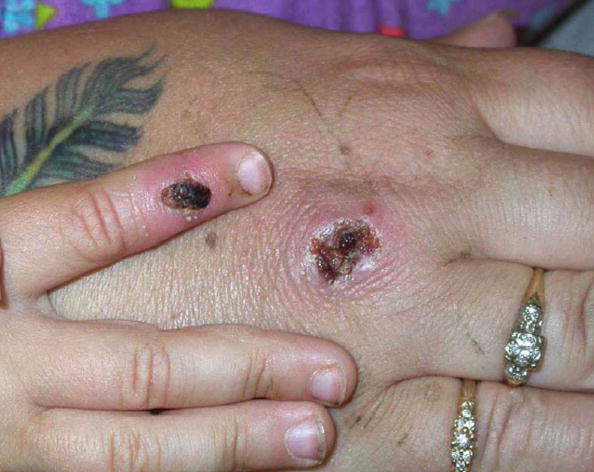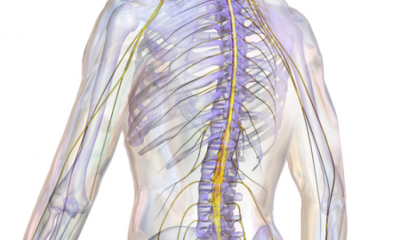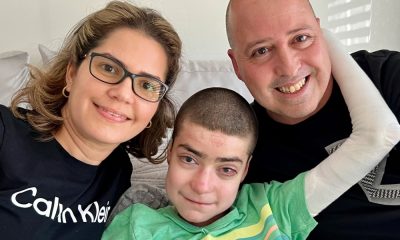K-12 schools across the United States are reopening in the fall, prompting concerns on possible monkeypox transmissions involving children.
After an elementary student in Georgia contracted the virus recently, concerns about the risk of the virus spreading among kids when they head back to class have started to gain attention. Parents are worried for their children, but school administrators and faculty will do their best to be on high alert.
Although experts have indicated that the risk is low for school-age children to catch monkeypox amid the outbreak, K-12 schools across the country are taking caution even before classrooms reopen.
“They’re keeping a close eye on it in their states, and they’re paying attention to what their governor and their state departments of health are saying — and they’re keeping it on their radar,” Noelle Ellerson Ng told CNN.
However, Ng admitted that no all schools in the country have measures against monkeypox. But most schools have rules and regulations for infectious disease control, so they should be capable of handling the situation.
“Does every school in the nation have monkeypox policy? No. Most schools in the nation have infectious disease policy and regulations,” she said, adding that the schools can follow their policies and regulations along with the guidance from the Centers for Disease Control and Prevention (CDC) amid the outbreak.
“They’re going to continue to follow those infectious disease policies and regulations, and the CDC guidance is just a layer on top of that. It’s information that they can review, consume and integrate as appropriate. School nurses are aware of the guidance. And the infectious disease protocols that were already in place remain in place,” the School Superintendents Association’s associate executive director of advocacy and governance explained.
Earlier this month, the CDC issued a statement emphasizing the need for K-12 schools and child care centers to follow their everyday protocols to reduce possible transmissions of any infectious diseases, including monkeypox.
“At this time, the risk of monkeypox to children and adolescents in the United States is low. Monkeypox virus can infect anyone – including children – if they have close, personal, often skin-to-skin contact with someone who has monkeypox. In this outbreak, most cases of monkeypox have been associated with sexual contact,” the CDC wrote.
The public health agency also warned that even though monkeypox spread by touching contaminated objects is less common, everyone should be aware that it is possible to contract the disease by touching toys, eating utensils, clothing, bedding, towels and even surfaces used by someone with the virus.
The CDC noted that children and adolescents exposed to monkeypox should be monitored for symptoms for 21 days. Parents should be vigilant in inspecting rashes, sores, or ulcers, especially in body areas that are difficult for their children to see. It is a must to contact the local health department or their healthcare provider right away. Kids with symptoms are discouraged from going back to school until cleared by a medical professional after a checkup.















